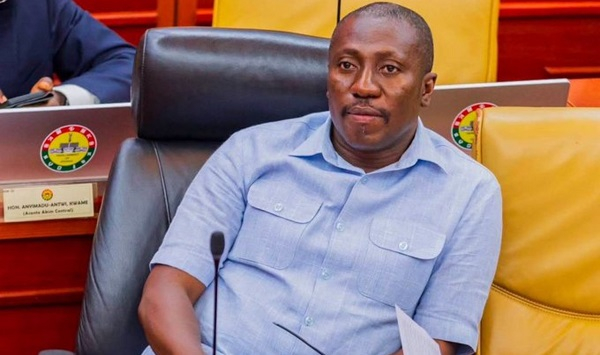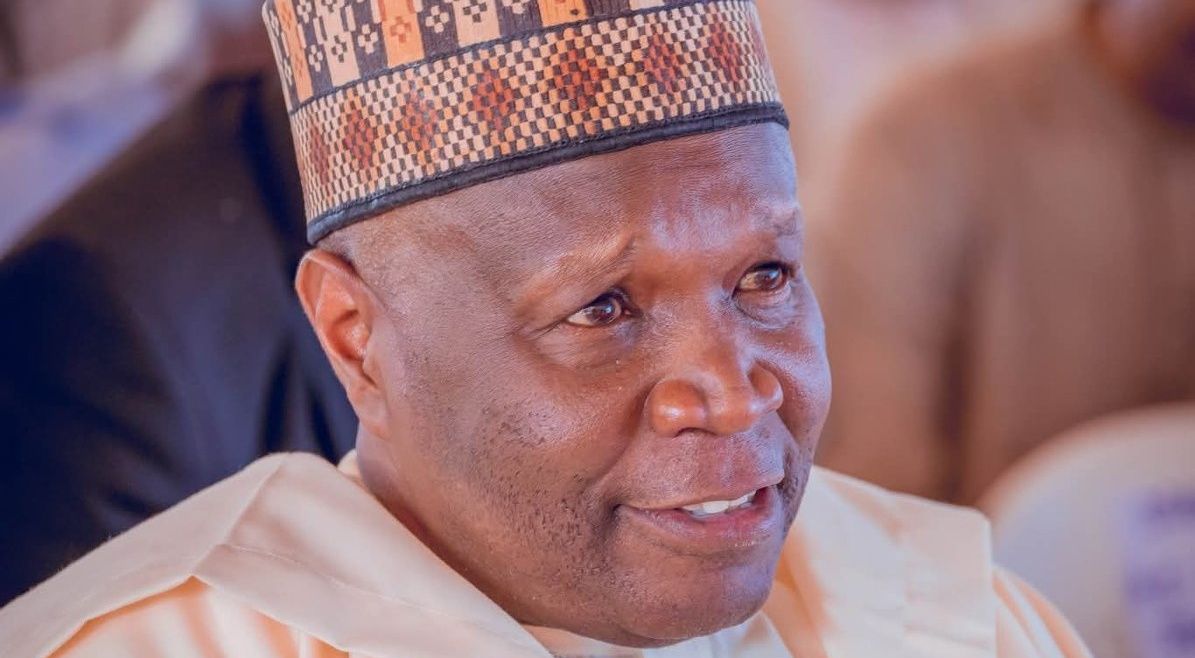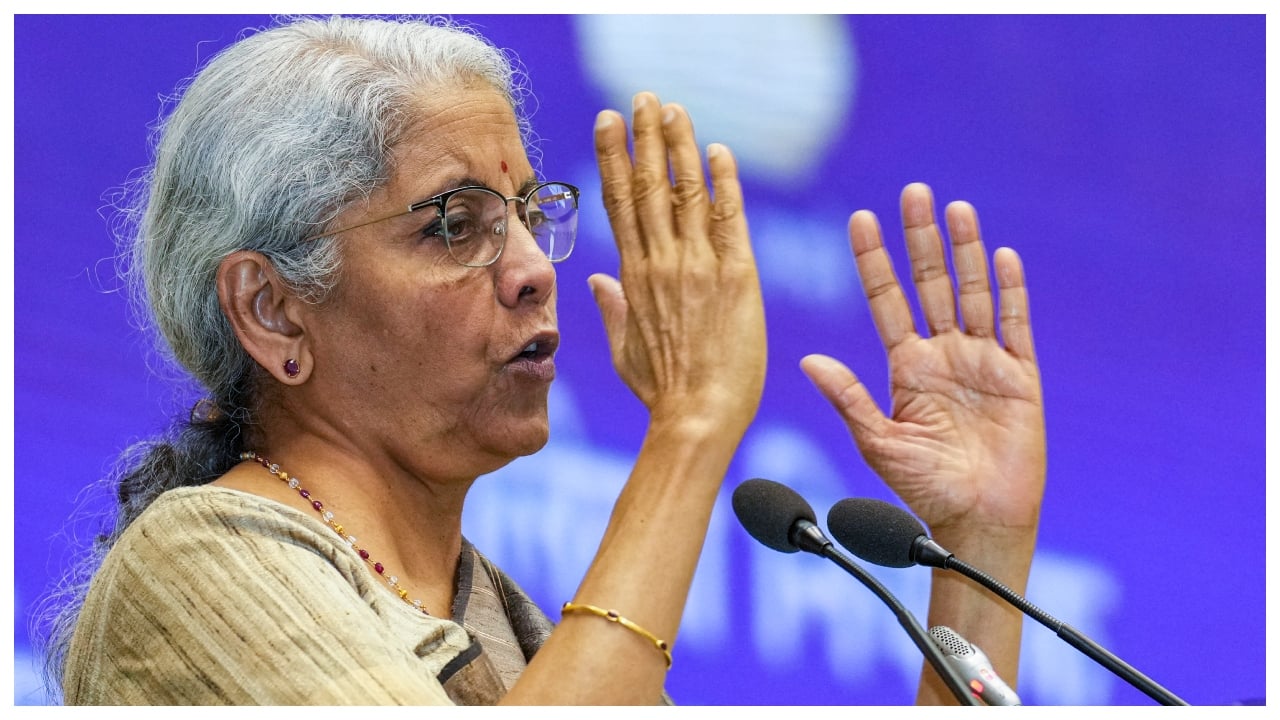LIRR's new $2.3B train car deal would retire 40-year-old 'rust buckets' - Newsday
The Metropolitan Transportation Authority is set to make a deal next week to buy the next fleet of electric LIRR trains, which will allow the railroad to finally retire its less-reliable 1980s-era M3 trains, MTA officials said.
The first M9A train cars are tentatively set to be put in service by 2030, featuring new amenities including glass windows less prone to solar damage, push-button doors on bathrooms and, potentially, USB ports at every row, MTA officials said last week.
The MTA’s railroad committee is set to vote Monday on a $2.3 billion contract to New York City-based Alstom Transportation Inc. to design and manufacture 316 of the new rail cars — 160 for the LIRR and 156 for sister-railroad Metro-North. That would be enough to fully replace the 100 M3 trains still in service. The LIRR's electric fleet consists of about 1,100 cars.
The contract includes an option to buy up to 242 more cars, 180 of which would go to the LIRR. The full MTA Board will vote Wednesday on the purchase, which will be funded through the MTA’s capital budget.
The tentative agreement follows years of delays in the acquisition of the LIRR’s next electric fleet, which was originally supposed to be in place by the time the MTA opened Grand Central Madison in early2023. Several factors, including COVID-19-related supply chain issues, uncertainty about the future of congestion pricing, and a shrinking number of rail car manufacturers, slowed the process.
The MTA lost one potential bidder when a 2021 federal law banned the authority from doing business with firms with Chinese ties. The MTA had been talking with Bombardier Transit Corp. when the rail car builder was acquired by Alstom in the middle of negotiations, delaying a possible deal, officials said.
Alstom made its best and final offer late last year, but, through continued negotiations, MTA officials said they shaved 11 months off the delivery schedule and 14.6% off the cost.
"We did a lot of work to identify the risk that was inherent in this project, for the builder and for the supply chain, and do what we could to eliminate or bring down that risk, because that's what brings down the price," Tim Mulligan, chief of rolling stock for the MTA, said in an interview.
Gov. Kathy Hochul, in a statement, said, "Long Islanders deserve world class rail service. Retiring 40-year-old M3 cars and acquiring brand new train cars is one of the many ways we are working to modernize our fleet and deliver improved service."
Gerard Bringmann, chairman of the LIRR Commuter Council and the railroad riders’ representative on the MTA Board, said, despite the years of delays, "it all worked out for the best," especially as the cars will be manufactured at Alstom’s plant in Hornell, meaning the MTA will be "putting the money back in the New York economy."
Bringmann said USB ports and windows that won’t fog up over time are both "great." But, more important than any new amenities, Bringmann said, is finally being rid of what commuters have dubbed "the rust buckets."
"That's the thing that commuters want more than anything. They just want to get those M3s out of service," said Bringmann, referring to the railroad’s reliability-challenged fleet of 40-year-old train cars, recognizable by their wood-paneled walls, blue-and-red upholstered seats held together with duct tape, and flickering lights.
"They’re not terribly comfortable ... They tend to be colder in the winter and warmer in the summer," Bringmann added. "In a perfect world, they would have been replaced already."
MTA officials said they entered into negotiations for the new fleet having learned lessons from its delay-plagued, $730 million purchase of M9 cars from Kawasaki Rail Car under a deal struck in 2013. Mistakes in the design and manufacture of the cars, along with some bad luck, led to the last of the 202 new cars arriving last year — about five years later than originally scheduled.
MTA Board member Marc Herbst, who represents Suffolk County, said he believes the transit authority is "in good shape" to avoid some of the pitfalls of the M9 experience.
The LIRR expects to have the first M9A cars available for testing by 2029. Once they are put into service in 2030, the MTA expects production to quickly ramp up to about 16 cars per month, allowing the railroad to get delivery of the entire fleet of 160 new cars by the end of that year. That's enough for 20 new eight-car LIRR train sets.
Herbst said he thinks LIRR riders will be "very satisfied with the product they’re going to receive," especially compared with the M3 cars. "There’s new technology that’s available, safety and comfort. And customers will be getting all of that."

Alfonso Castillo has been reporting for Newsday since 1999 and covering the transportation beat since 2008. He grew up in the Bronx and Queens and now lives in Valley Stream with his wife and two sons.












